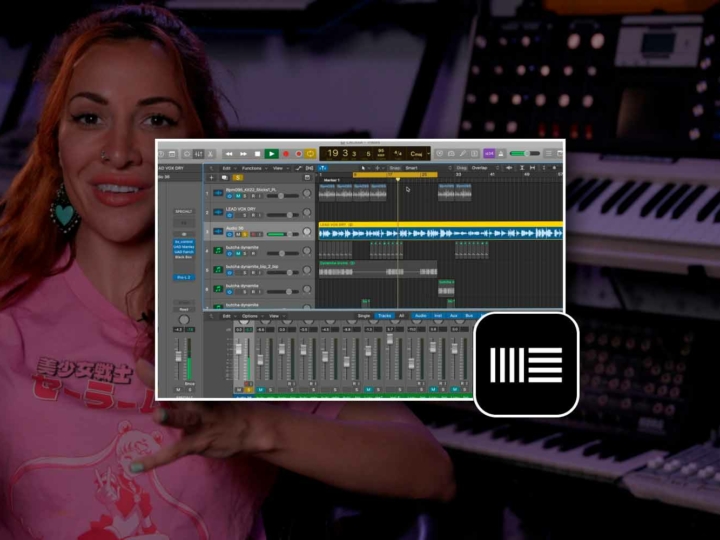
By continuing, you accept Aulart’s Privacy Policy.
Jamie Lidell Masterclass
Creative Techniques for Singers, Songwriters and Composers
Unleash your creativity, discover new ways to experiment with your voice and explore music from a fresh perspective
Jamie Lidell Masterclass
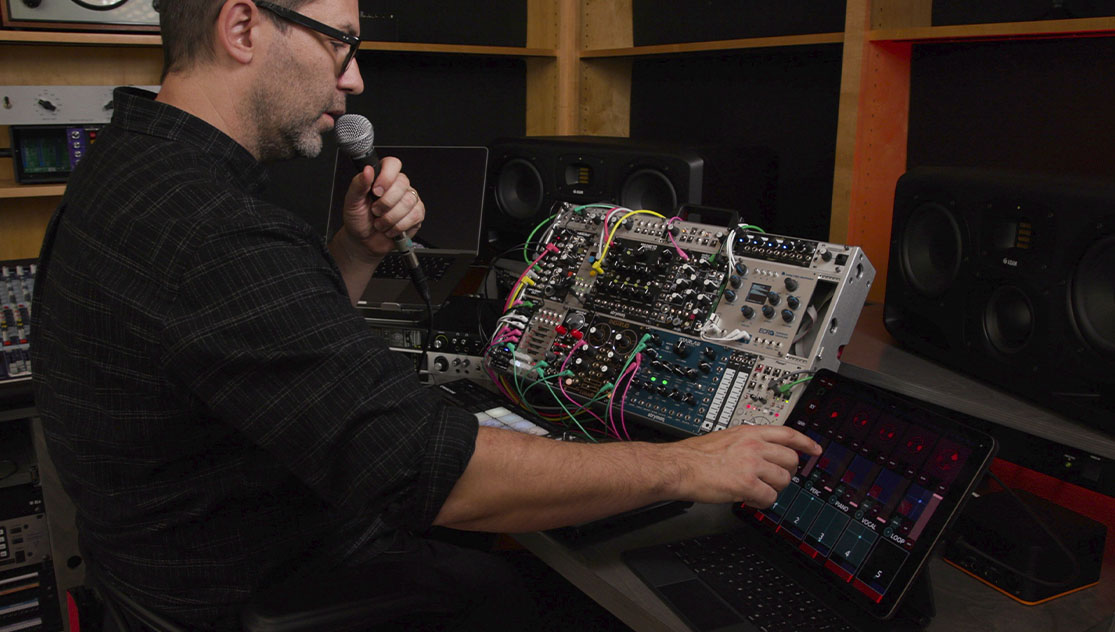
Get playful with your tracks
Get to grips with creativity as he shows you his most unique and experimental ways to develop new ideas that really stand out. Watch him work in the studio and discover how being experimental with your equipment and DAW is the key to improve your tracks – from creative techniques for piano to effects that give texture and character to your sound.
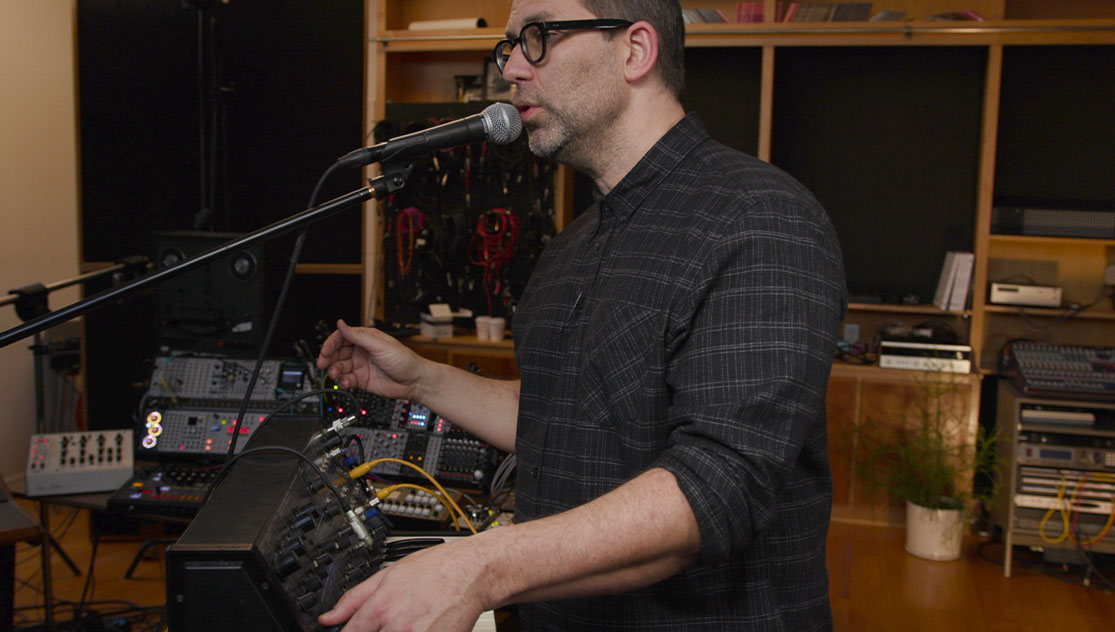
Use and process your voice
Learn new ways to use and process your voice to create magic, and learn about interesting effects – like running vocals through guitar pedals, doubling them in hallways, using cheap as well as underwater microphones, singing through a Leslie speaker, and pitch shifting vocals. Get creative with your voice in both the recording and processing stages, and really bring your tracks to life.
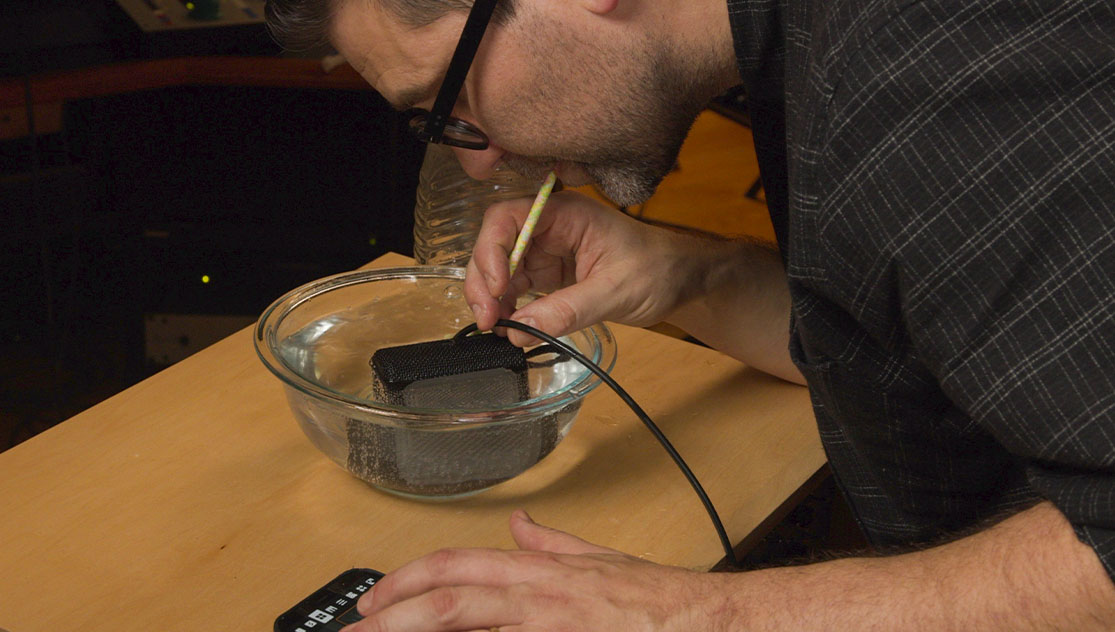
Experiment and have fun
Follow his creative process as he creates a track using the equipment at his disposal, from finding inspiration and songwriting to processing and arranging. Discover the collection of techniques he has utilized throughout his career and find what it means to really get experimental and make extraordinary music.
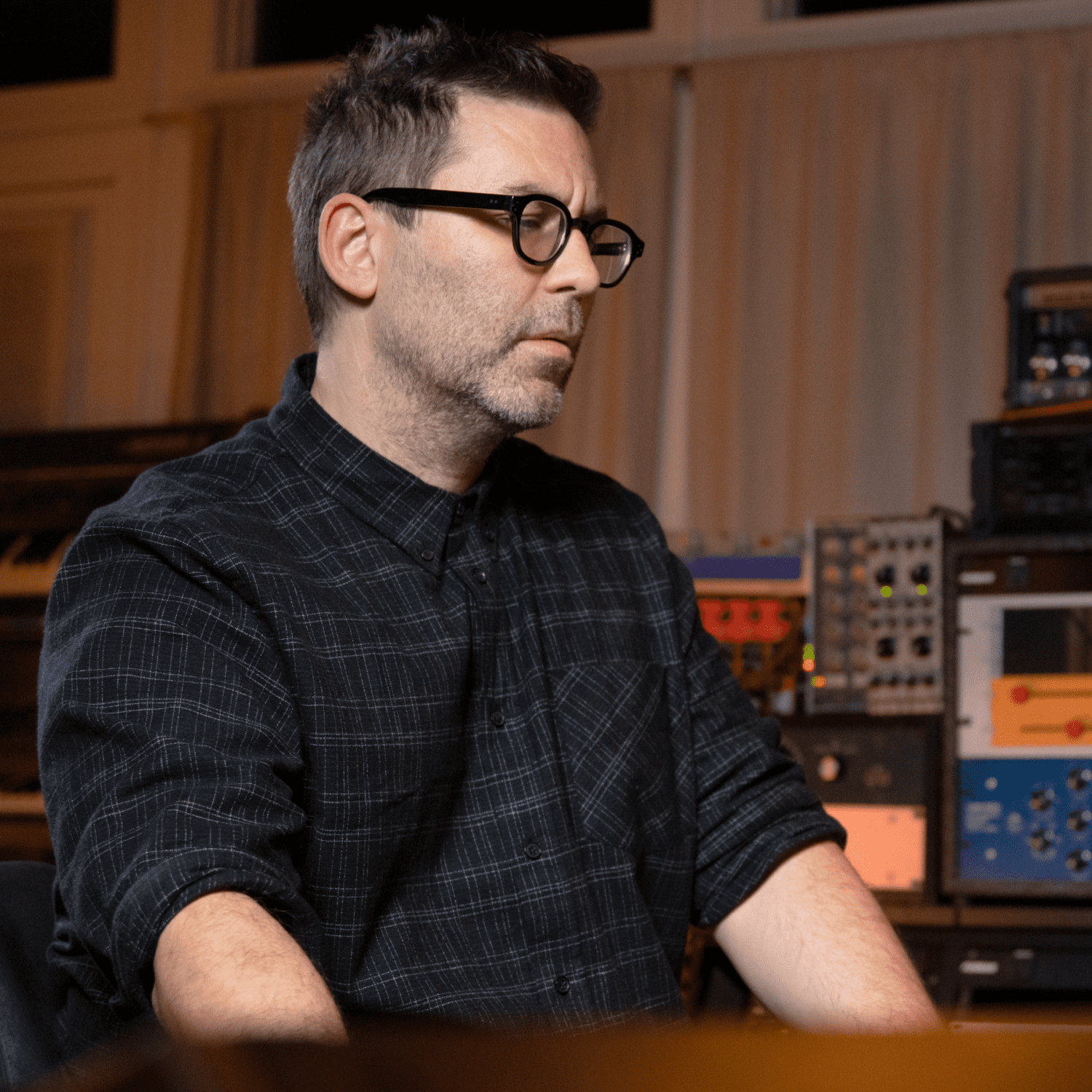
Learn the process of recording and processing through a vocal beatbox
Get free access to Chapter 18: Processing Vocal Beatbox. Jamie shares his personal microphone setup and explains the importance of choosing the right microphone for different genres and styles.
Send us your email to send you free access to the video.
By continuing, you accept Aulart’s Privacy Policy.
Get the most interesting ideas for your tracks and bring life to your music by being different
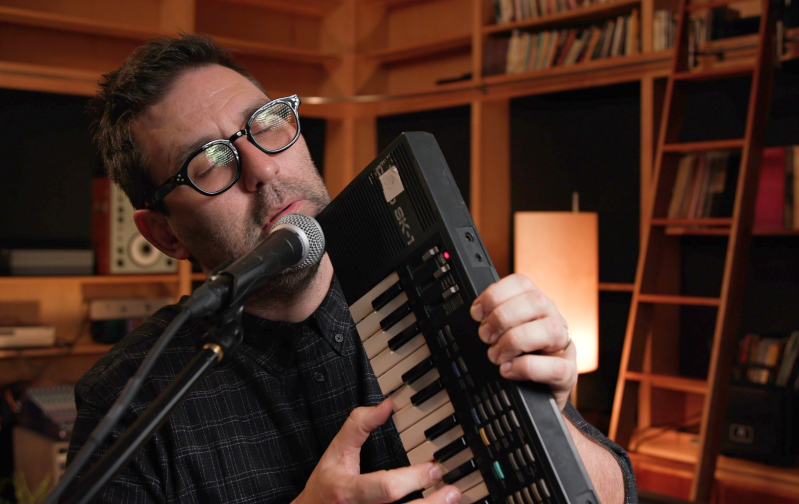
What will I learn?
MODULE 01
In this first chapter you’ll discover how Jamie Lidell’s passion for music started. Anecdotes about his first instruments, his first tracks and his first live performances will show you how anyone can make it in the industry with enough courage and practice.
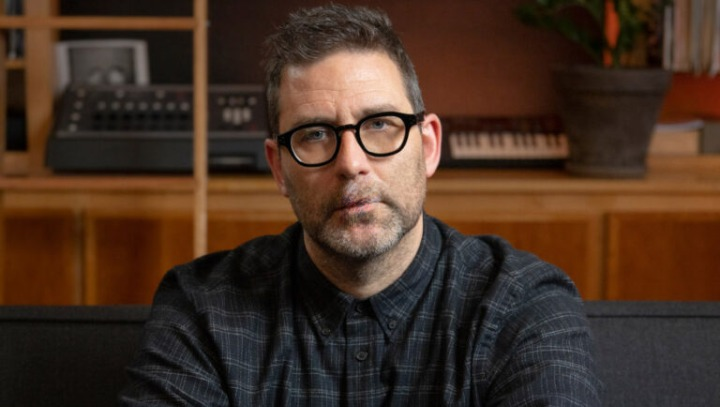
There are many ways you get into the music industry, but here you’ll learn how Jamie made it. Hear about his best and worst moments throughout his career and what he learnt along the way. Use this chapter to find new paths that you can take to get to where you want to be.
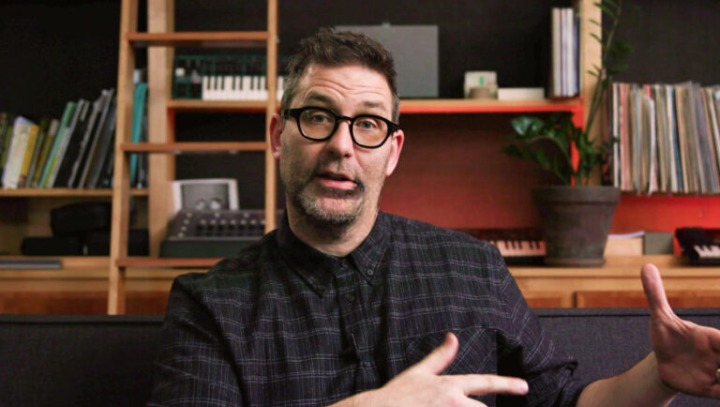
MODULE 02
Jamie has years of experience writing music, and it’s not something that always comes easy. In this chapter he’ll give you tips for starting a song or a track, which you can use in your process. Don’t waste time staring at the blank page, get inspired and creative today!
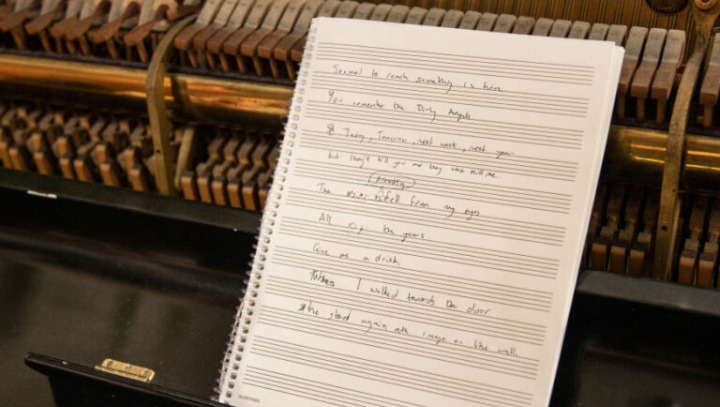
MODULE 03
Sitting at Jamie’s piano, he uses a small motor to manipulate the sounds of the strings, something creative you can record to make organic sounds.
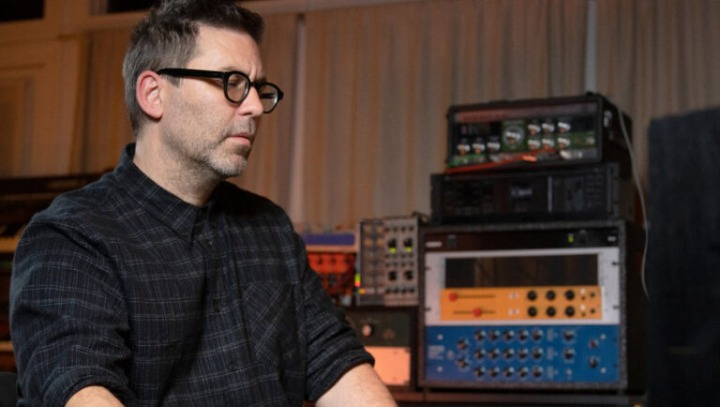
Analog reverb can bring a unique feeling to your tracks. Here, Jamie plays around with the piano’s natural reverb to produce new sounds.
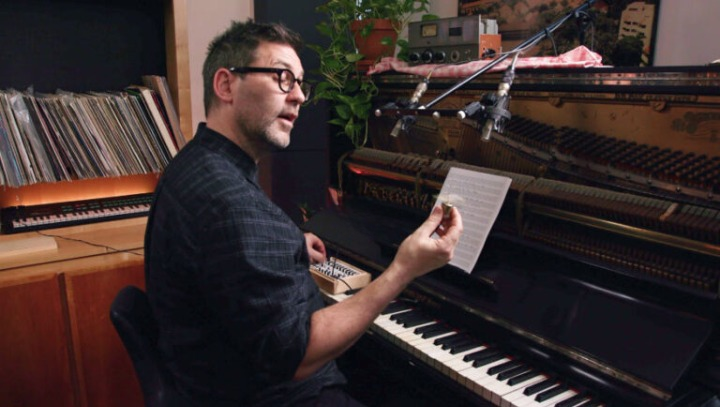
Why not use the objects you have around you to manipulate the sounds of instruments. Something as simple as black tape on the hammers of a piano can change the quality of the sound.
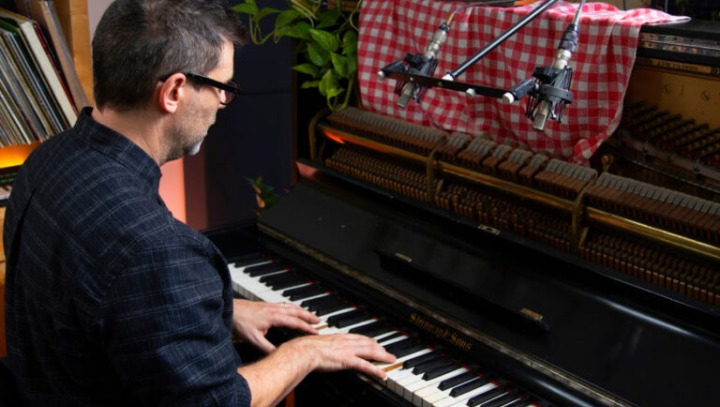
Another creative example of how you can play with sounds and instruments to produce something new. Try this at home with anything that makes sound, using different materials to alter the texture; record it and use it for a track.
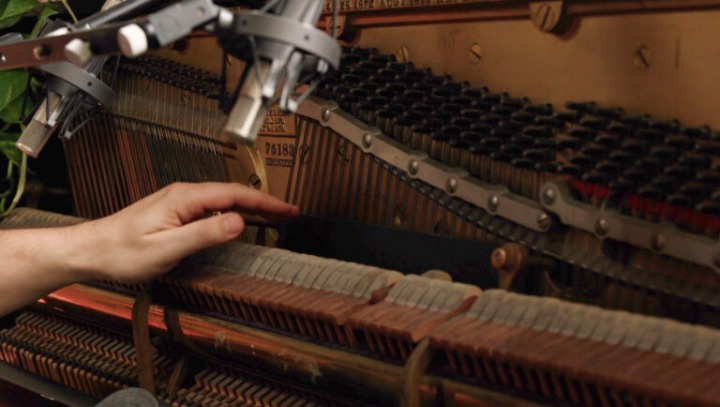
MODULE 04
Using the Korg MS20 and a simple patch, learn how to track the pitch of your vocals and manipulate your voice with infinite possibilities. This is another way for you to get creative and inspire new sounds in your music.
Guitar pedals can be very cheap, and infinitely fun. Test different pedal effects with Jamie to hear how they alter your voice.
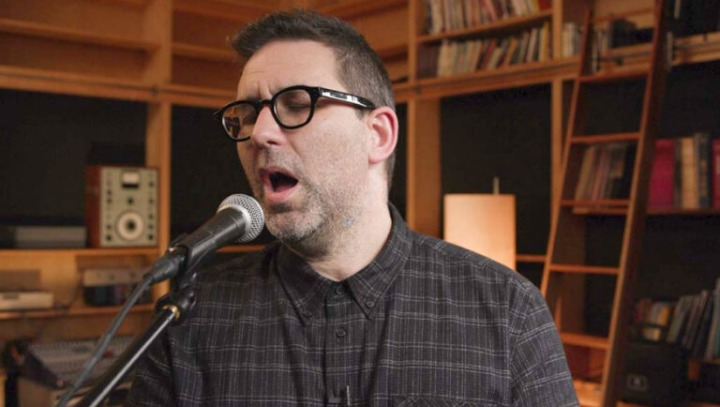
Going a step further using some small synthesiser pedals, you’ll see even more creative ways to manipulate your voice or instruments. Sometimes it’s not perfect, but it will inspire you to try new techniques.
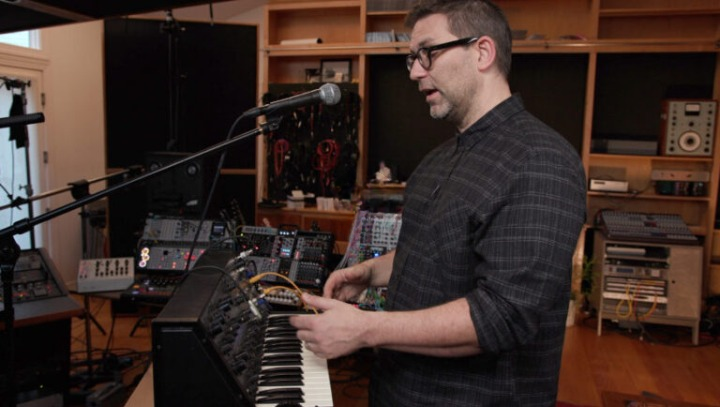
Something as unassuming as the Casio SK-1 can create unique melodies and patterns. With a built-in recorder, you can play with the keyboard and the different sample rates to come up with new melodies, another way to remove the creative block.
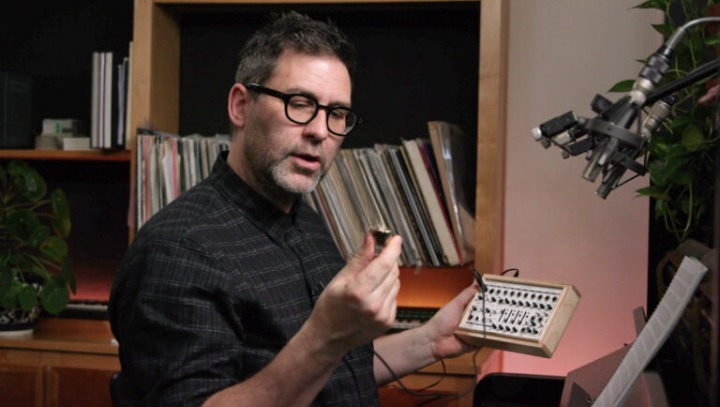
Imperfections in microphones will bring unexpected tones and textures to your vocals. You don’t need the most expensive equipment, just your creativity and willingness to experiment.
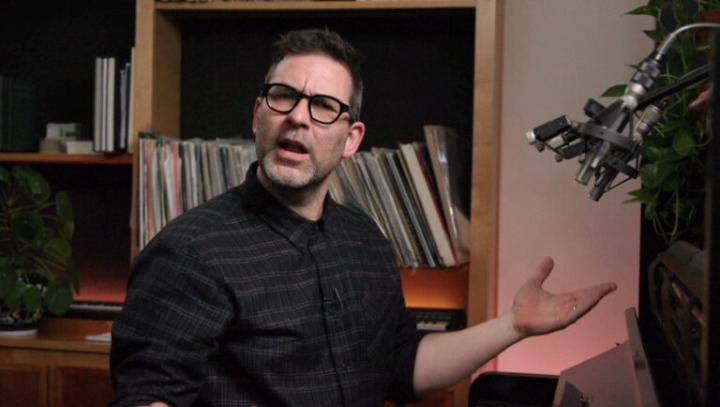
Here’s another physical way to make sounds with objects from your house. A transducer speaker and contact mic on a metal object can produce interesting sounds. Use the recording as a kick or a snare in your next track.
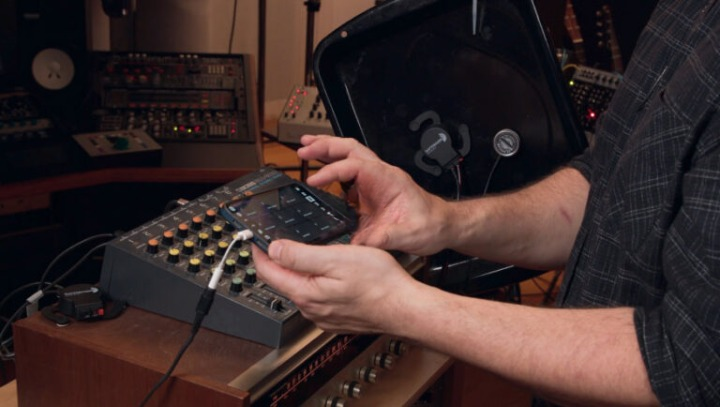
This could be something you’ve never seen before. Using different liquids and blowing bubbles, this chapter will definitely make you view sound production in a new way.
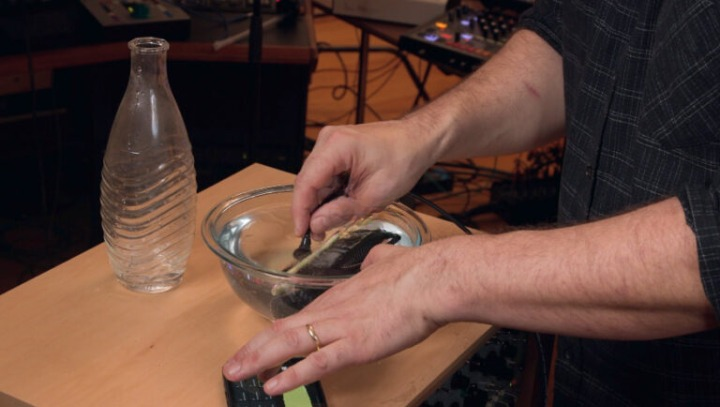
If you’re interested in modular synthesis, here you’ll learn Jamie’s Eurorack patch. Looping vocals, stacking effects and manipulating signals, you will definitely get some new ideas for your music.
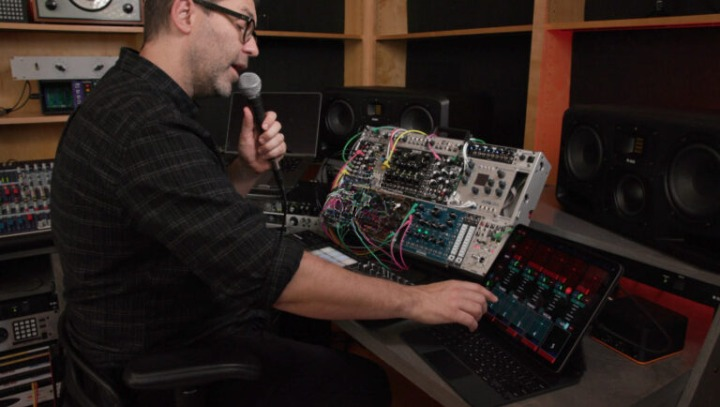
Ever heard of a Leslie effect. Well here, Jamie physically produces a Leslie effect with a turn table, something which can be done on your computer, but becomes more exciting when you do it for real.
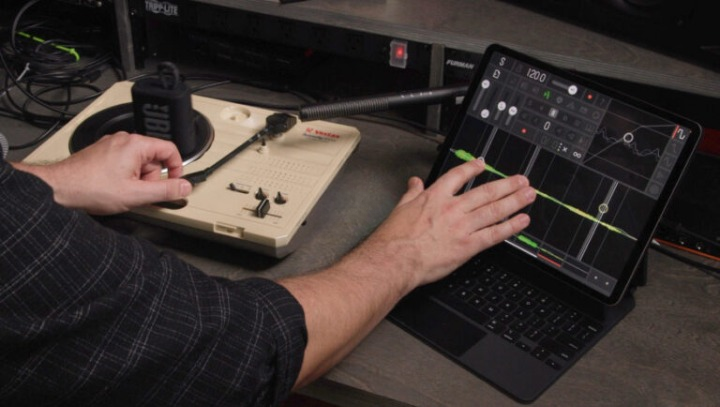
MODULE 05
Using RX and vocal chopping, Jamie takes the recordings from chapter 3 to start a structure for a song. Here you will learn a new way to bring your vocal tests to life.
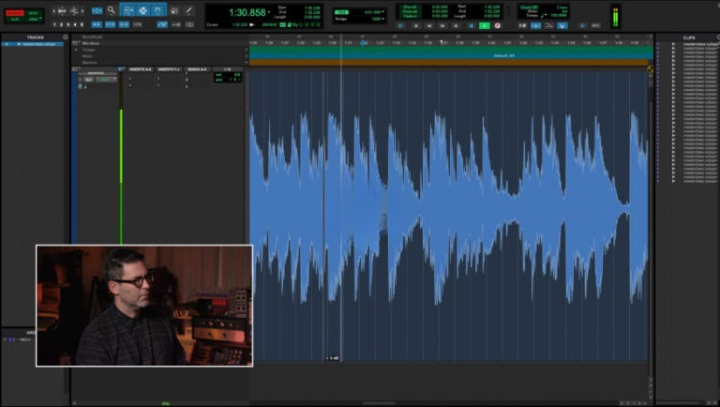
Following along from his previous improvised recordings, he re-records the vocals using a professional microphone to form the basis of his new track. You’ll learn vocal recording techniques used in industry-level studios for the next time you go to record yourself or a singer.
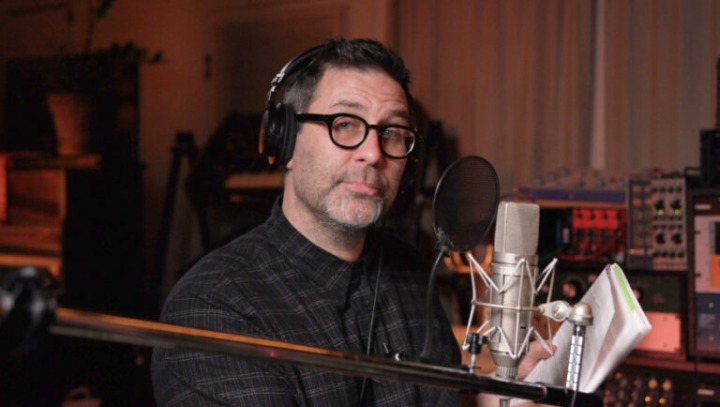
Ever been interested in beatboxing? It’s an organic way to get the bassline you want without having to search for it. After some chopping and tuning, you’ll have a unique bassline with an organic groove.
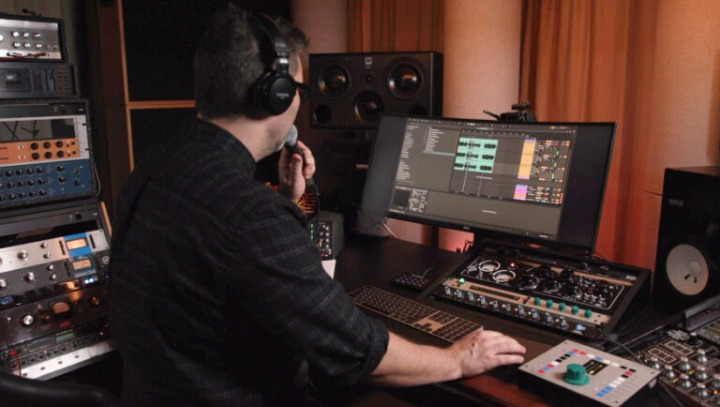
This is one of my favourite vocal effects. Using the Ableton resampler, you can create your own backing vocals to fill out your track and make a chorus effect. It’s a technique that Jamie has use when recording with major artists, and it’s something you can do in your own tracks.
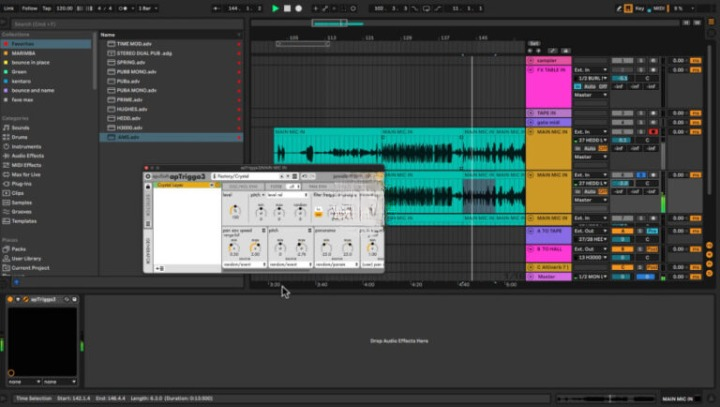
In this chapter, Jamie Lidell stresses the importance of making your own sound library to set your sound apart from the rest. Take a look through his Splice sample library, you’ll learn how to EQ and control any sound to be ready to place in your song.
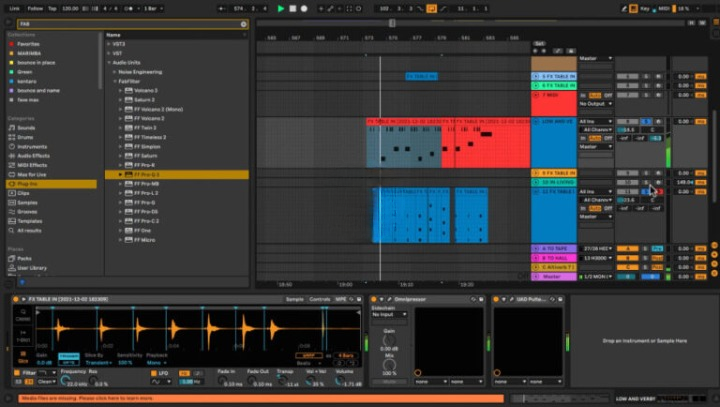
In an experiment, Jamie takes the underwater recordings from a previous chapter to show how you can find musicality in everything. By chopping and sampling sounds, you’ll learn to get creative with anything that you record.
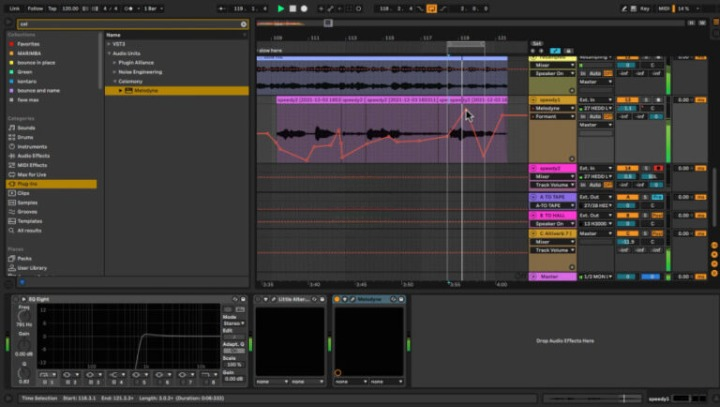
Moving away from the computer, he decides to use his hallway space to create echo effects and reverb with a binaural mic, with only physical space. This will fatten your vocals and is another way to make a chorus effect.
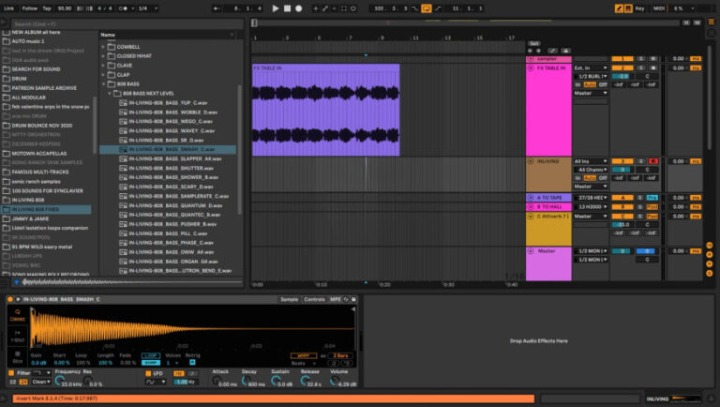
Finally, using all the recordings from the Masterclass, Jamie Lidell arranges the clips to create his track, adding new sounds and vocals where he sees fit. Enjoy the process and wait for the (almost) finished product.
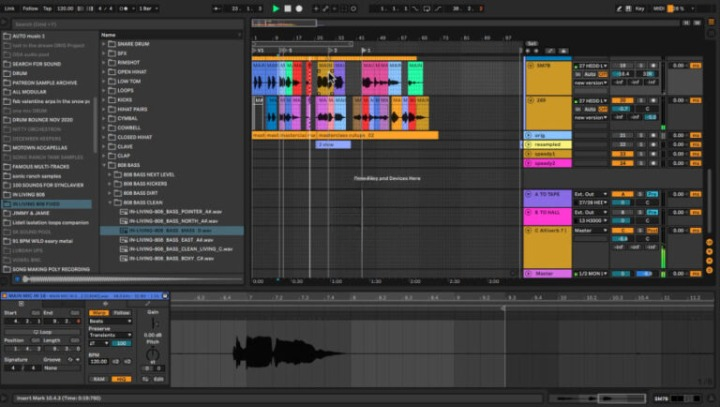
Jamie Lidell
British producer Jamie Lidell became widely recognized for his effective neo-soul vocals and performances as for his earlier career as a producer of groovy experimental Techno. Lidell recorded a solo album for Warp in 2000, “Muddlin Gear.” Five years later, still on Warp, he pursued an organic neo-soul direction for Multiply, heavily assisted by fellow instrumentalist and producer Mocky. Likened to Sly Stone, Prince and Little Richard, he became Britain’s voice of soul for the new era.
For 2010’s Compass, Lidell changed directions once again, employing the likes of Beck, Feist, and members of Grizzly Bear; its lead song, the title track, was a rather spacy folk-blues epic that later appeared in the soundtrack of the Rockstar video game Red Dead Redemption. He also wrote and sang on a track for Simian Mobile Disco’s “Unpatterns” album from 2012, and moved to Nashville.
After building his own studio, he used it to record his follow-up album for Warp, the self-titled “Jamie Lidell”, which saw release in early 2013. His sixth album, Building a Beginning, dropped in 2016 and was the first to be issued on his own Jajulin label.
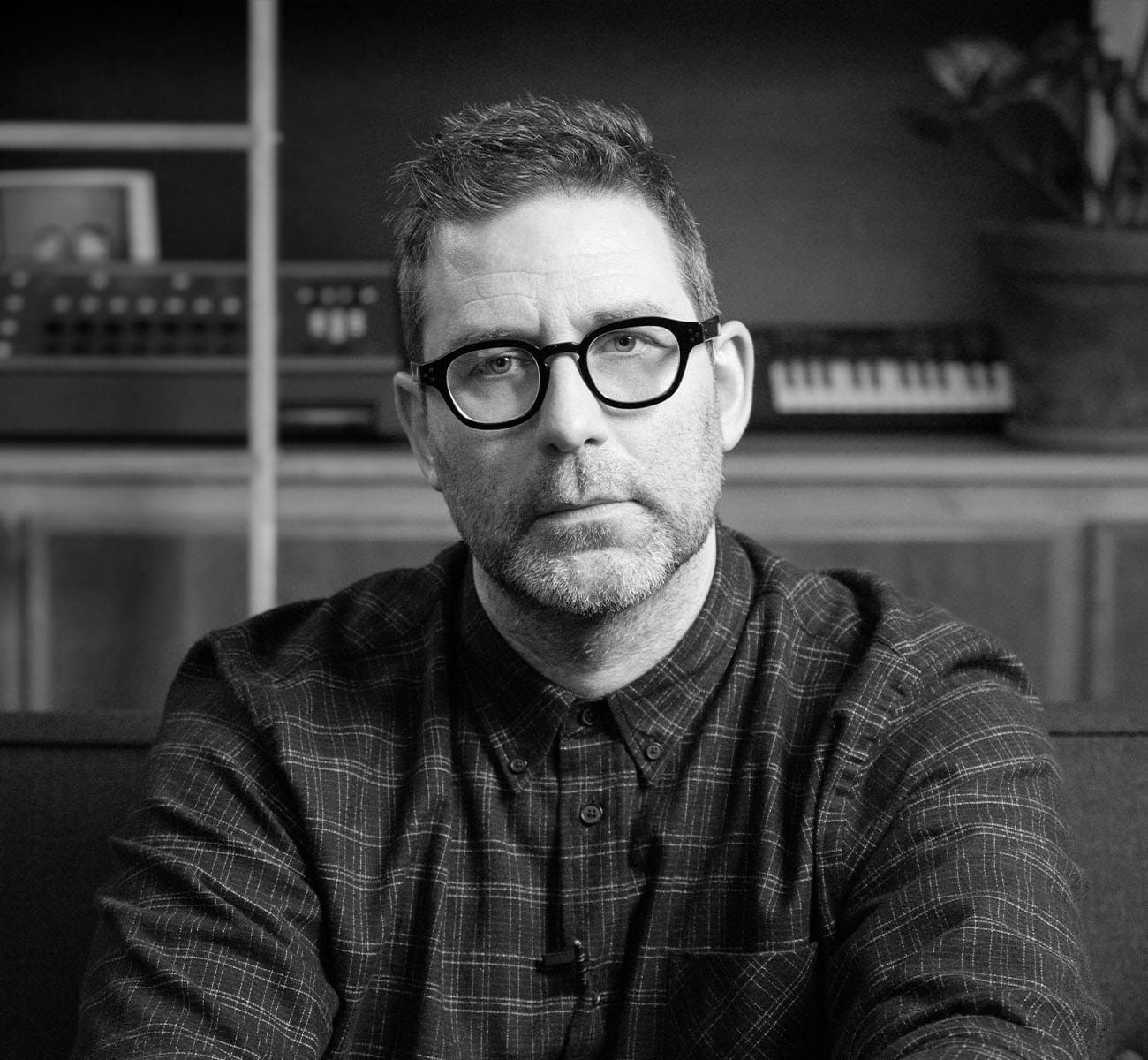
Make an investment in your artist career
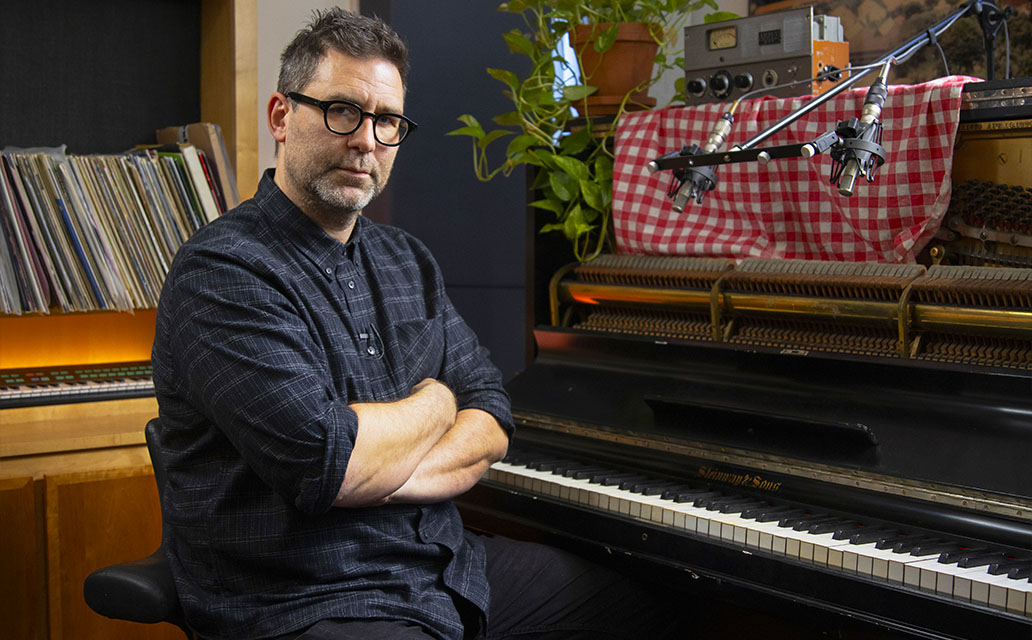
- 24 Chapters
- Subtitles : Spanish, English, German, French & Portuguese
- 4 Hours
- English
- Lifetime access
- 4K Video
- Pro Tools/Ableton
- Downloadable content
Flexible payments available
Creativity & Vocal Production Bundle
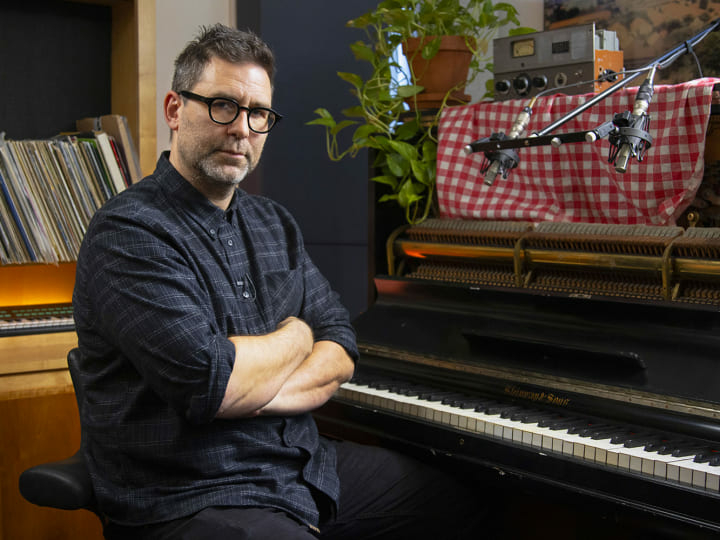
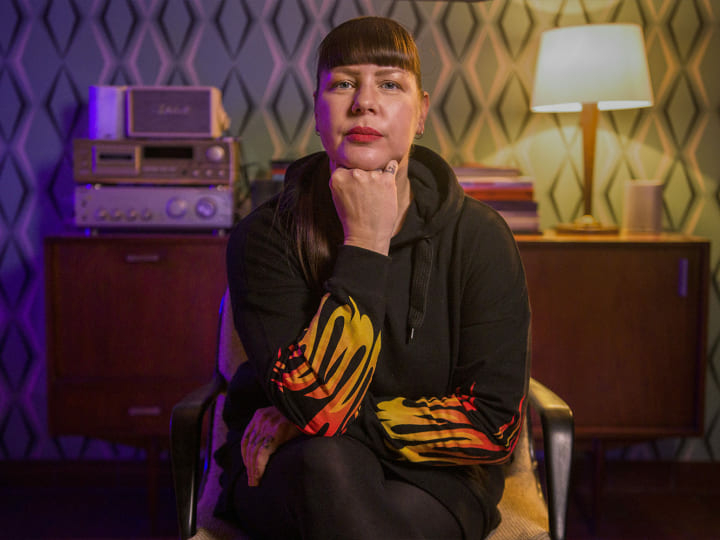





Create Account
